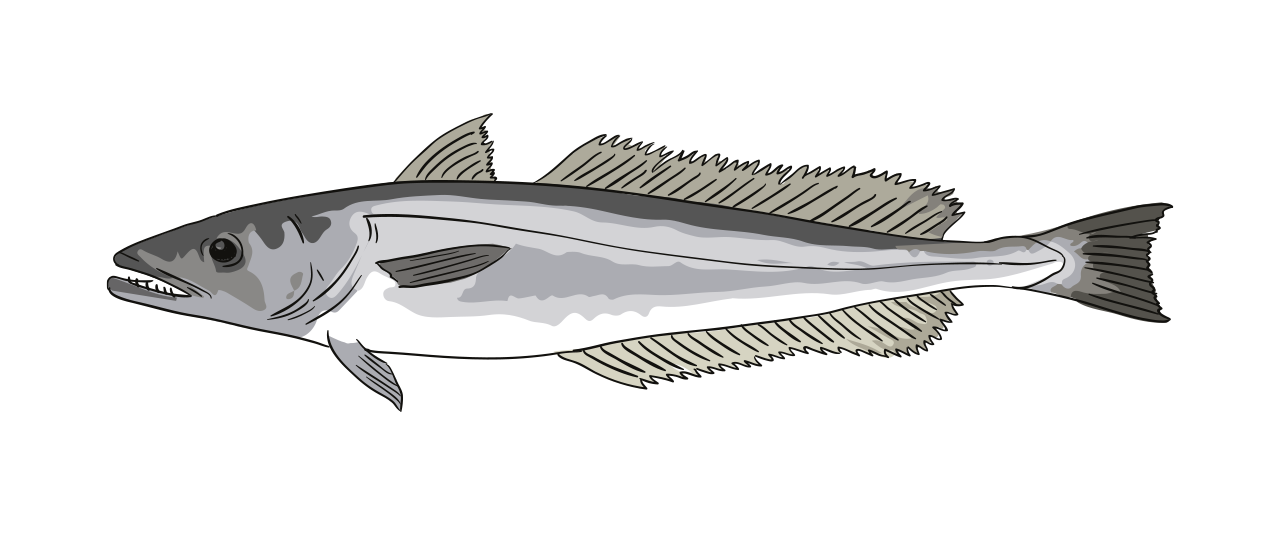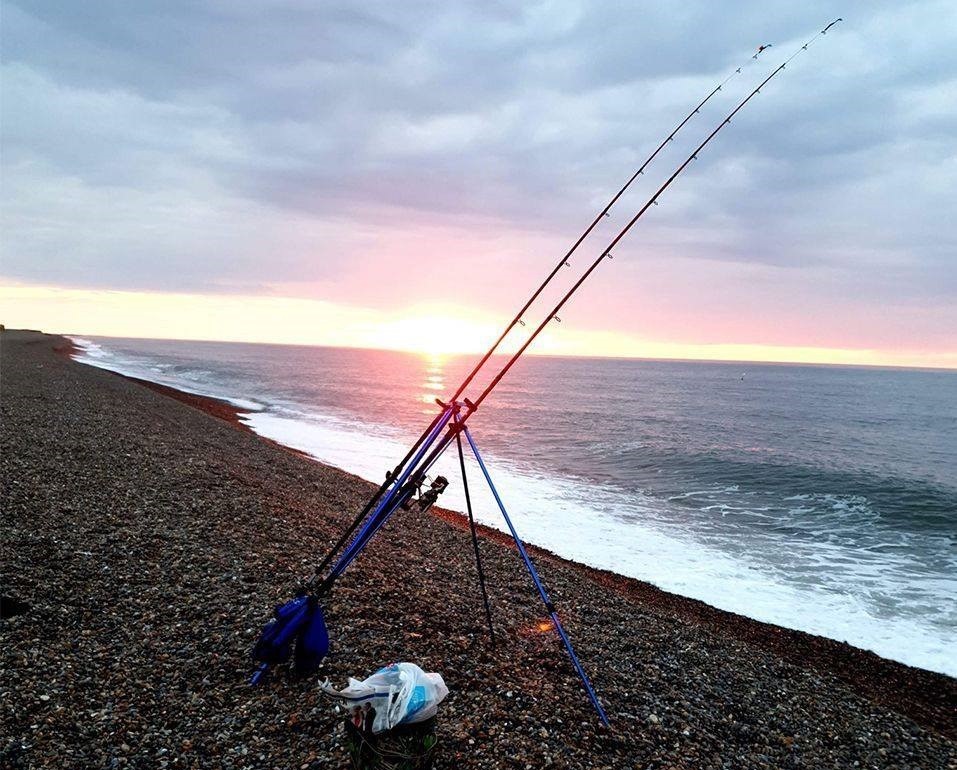Hake| Fish Species Guide | Angling Direct

Hake
aka Merluccius merluccius
Similar in appearance to both ling and tusk, hake tend to be a silvery grey but can boast a brown/green gleam. Hake is a deep-sea fish, explaining why it is rarely caught by shore anglers, as the fish tend to favour water which is at least one 100m deep, and can be found much deeper in waters across Europe but mostly in the colder waters of the North Sea, Baltic Sea, Norwegian Sea, and in the North Atlantic. Hake are known for its long body is paired with a large head and mouth and a tail fin that has a straight rear edge.
The name of this species; 'Hake' is considered to come from the Old Norse word Haki which is a Scandinavian sea-king in Norse mythology!
Stats
Status
Habitat
Open water, closer to the surface during the day, sea floor at night.
Bait
Mackerel, herring, codling & squid.
Native or Invasive
Native
Where
Found in cold waters throughout the Atlantic Ocean and the surrounding open waters of western UK and Europe.
 Catch Experience
Catch Experience
Video
Blog Highlight
The Ultimate Buying Guide for Sea Anglers - What Equipment Do You NEED to Start Sea or Beach Fishing?
<p>As an island, the UK has plenty of coastlines that provide plenty of opportunities for sea fishing whether it's offshore or beach fishing from the shore. This guide will help you compile the ultimate sea fishing starter kit, covering rods,...
Read More